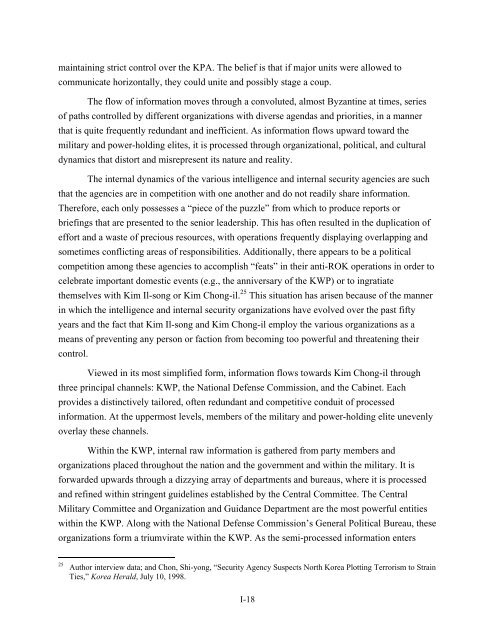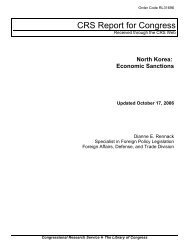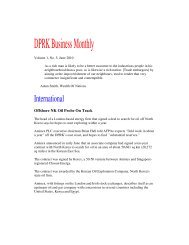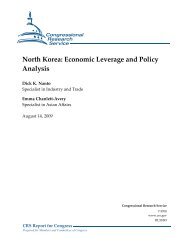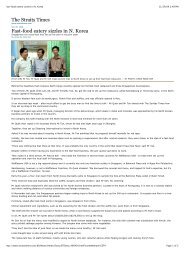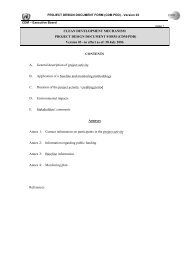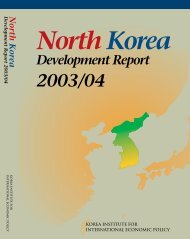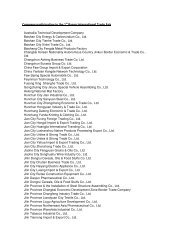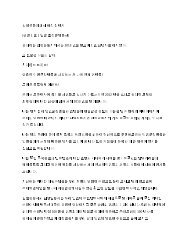North Korean Policy Elites - Defense Technical Information Center
North Korean Policy Elites - Defense Technical Information Center
North Korean Policy Elites - Defense Technical Information Center
Create successful ePaper yourself
Turn your PDF publications into a flip-book with our unique Google optimized e-Paper software.
maintaining strict control over the KPA. The belief is that if major units were allowed to<br />
communicate horizontally, they could unite and possibly stage a coup.<br />
The flow of information moves through a convoluted, almost Byzantine at times, series<br />
of paths controlled by different organizations with diverse agendas and priorities, in a manner<br />
that is quite frequently redundant and inefficient. As information flows upward toward the<br />
military and power-holding elites, it is processed through organizational, political, and cultural<br />
dynamics that distort and misrepresent its nature and reality.<br />
The internal dynamics of the various intelligence and internal security agencies are such<br />
that the agencies are in competition with one another and do not readily share information.<br />
Therefore, each only possesses a “piece of the puzzle” from which to produce reports or<br />
briefings that are presented to the senior leadership. This has often resulted in the duplication of<br />
effort and a waste of precious resources, with operations frequently displaying overlapping and<br />
sometimes conflicting areas of responsibilities. Additionally, there appears to be a political<br />
competition among these agencies to accomplish “feats” in their anti-ROK operations in order to<br />
celebrate important domestic events (e.g., the anniversary of the KWP) or to ingratiate<br />
themselves with Kim Il-song or Kim Chong-il. 25 This situation has arisen because of the manner<br />
in which the intelligence and internal security organizations have evolved over the past fifty<br />
years and the fact that Kim Il-song and Kim Chong-il employ the various organizations as a<br />
means of preventing any person or faction from becoming too powerful and threatening their<br />
control.<br />
Viewed in its most simplified form, information flows towards Kim Chong-il through<br />
three principal channels: KWP, the National <strong>Defense</strong> Commission, and the Cabinet. Each<br />
provides a distinctively tailored, often redundant and competitive conduit of processed<br />
information. At the uppermost levels, members of the military and power-holding elite unevenly<br />
overlay these channels.<br />
Within the KWP, internal raw information is gathered from party members and<br />
organizations placed throughout the nation and the government and within the military. It is<br />
forwarded upwards through a dizzying array of departments and bureaus, where it is processed<br />
and refined within stringent guidelines established by the Central Committee. The Central<br />
Military Committee and Organization and Guidance Department are the most powerful entities<br />
within the KWP. Along with the National <strong>Defense</strong> Commission’s General Political Bureau, these<br />
organizations form a triumvirate within the KWP. As the semi-processed information enters<br />
25<br />
Author interview data; and Chon, Shi-yong, “Security Agency Suspects <strong>North</strong> Korea Plotting Terrorism to Strain<br />
Ties,” Korea Herald, July 10, 1998.<br />
I-18


